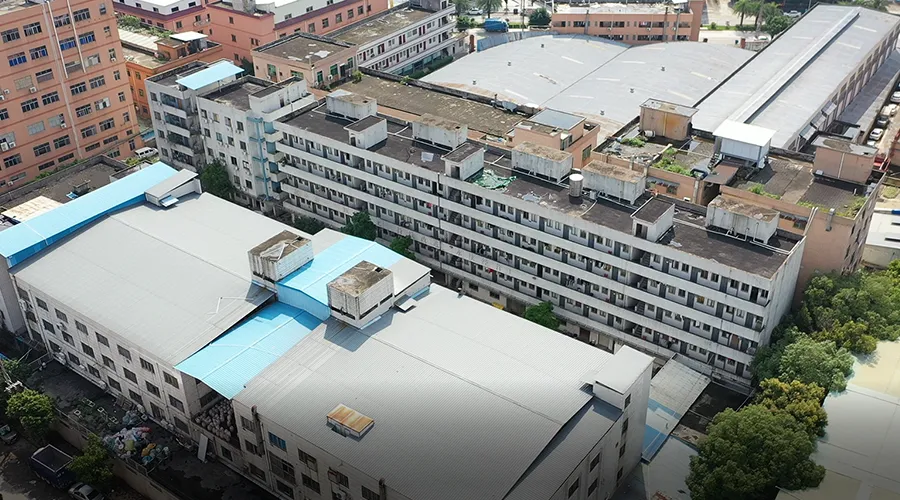
Title: How to Wash Your Nipple Covers for Optimal Hygiene and Comfort
Introduction:
Nipple covers are an essential accessory for breastfeeding, providing a natural and discreet way to expose or cover the nipple. However, just like any other breast accessory, nipple covers require regular washing to maintain their hygiene and prevent the buildup of bacteria. In this article, we will guide you on how to wash your nipple covers effectively to ensure optimal cleanliness and comfort during breastfeeding.
Why Should You Wash Your Nipple Covers?
Before we dive into the process of washing your nipple covers, let’s discuss the importance of doing so. Here are some reasons why you should wash your nipple covers regularly:
1. Prevent bacterial growth: Breast milk and other substances can accumulate on the nipple covers, providing a perfect environment for bacteria to grow. Washing your nipple covers helps to prevent bacterial growth and reduces the risk of infections.
2. Maintain hygiene: A dirty nipple cover can transmit bacteria and other microorganisms from the nipple to the breast, leading to nipple irritation, discomfort, and potentially even mastitis. Regular washing ensures that your nipple covers are clean and hygienic.
3. Prevent milk buildup: Breast milk and other substances can accumulate on the nipple covers, leading to leakage, discomfort, and embarrassment. Washing your nipple covers regularly helps to prevent milk buildup and keeps your breastfeeding experience comfortable.
How to Wash Your Nipple Covers:
Washing your nipple covers is a simple and quick process. Here are the steps you can follow:
1. Gather Your Materials: Collect your nipple covers, soap, warm water, and a clean towel.
2. Prepare Your Nipple Covers: Remove any dried breast milk, nipple balm, or other substances from your nipple covers. This can be done using a mild soap and warm water, or by rinsing the nipple covers with warm water and then rubbing them with a clean towel.
3. Wash the Nipple Covers: Hand wash the nipple covers using mild soap and warm water. Massage the soap onto the nipple covers, ensuring that they are thoroughly covered. Let them soak for a few minutes before rinsing with warm water. Make sure to rinse them thoroughly to remove any soap residue.
4. Dry the Nipple Covers: Gently squeeze out any excess water from the nipple covers, and then place them on a clean towel to dry. You can also hang them to air dry.
Tips and Precautions:
Here are some tips and precautions to keep in mind when washing your nipple covers:
* Avoid using hot water, as this can cause damage to the nipple covers or the stitching.
* Never use bleach or harsh chemicals to clean your nipple covers, as this can damage the materials and affect their functionality.
* Wash your nipple covers after every use to maintain hygiene and prevent bacterial growth.
* If your nipple covers are particularly soiled, you may need to repeat the washing process to remove any stubborn stains or debris.
Conclusion:
Washing your nipple covers is an essential part of maintaining hygiene and comfort during breastfeeding. By following the simple steps outlined above, you can ensure that your nipple covers are clean and hygienic. Remember to avoid using harsh chemicals, wash your nipple covers regularly, and air dry them to prevent bacterial growth. By taking care of your nipple covers, you can ensure a healthy and comfortable breastfeeding experience.






